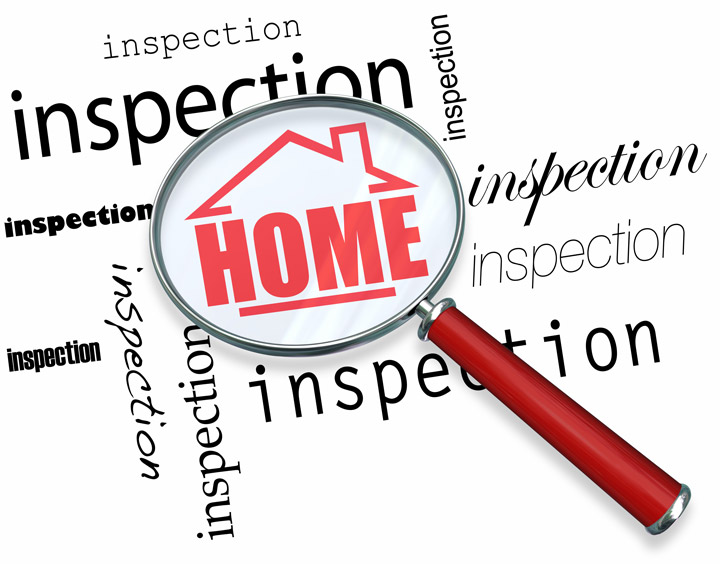
Making Sense of the Appraisal ProcessGetting real estate can be the most significant transaction most will ever make. It doesn't matter if a main residence, a second vacation home or one of many rentals, purchasing real property is a complex transaction that requires multiple parties to make it all happen. You're likely to be familiar with the parties having a role in the transaction. The real estate agent is the most familiar face in the exchange. Next, the bank provides the financial capital needed to bankroll the deal. The title company ensures that all requirements of the exchange are completed and that the title is clear to pass from the seller to the buyer. So, what party makes sure the value of the real estate is consistent with the purchase price? In comes the appraiser. We provide an unbiased estimate of what a buyer might expect to pay — or a seller receive — for a parcel of real estate, where both buyer and seller are informed parties. A licensed, certified, professional appraiser from Gownley Appraisal Group will ensure, you as an interested party, are informed. Appraisals start with the inspectionOur first duty at Gownley Appraisal Group is to inspect the property to determine its true status. We must actually view aspects of the property, such as the number of bedrooms and bathrooms, the location, amenities, etc., to ensure they truly are there and are in the condition a reasonable buyer would expect them to be. To make sure the stated square footage has not been misrepresented and convey the layout of the home, the inspection often requires creating a sketch of the floorplan. Most importantly, the appraiser looks for any obvious amenities - or defects - that would have an impact on the value of the house. Once the site has been inspected, we use two or three approaches to determining the value of real property: sales comparison and, in the case of a rental property, an income approach. 
Replacement CostHere, the appraiser uses information on local building costs, the cost of labor and other elements to calculate how much it would cost to build a property similar to the one being appraised. This value usually sets the upper limit on what a property would sell for. The cost approach is also the least used predictor of value. 
Sales ComparisonAppraisers are intimately familiar with the communities in which they work. They innately understand the value of particular features to the residents of that area. Then, the appraiser researches recent sales in the vicinity and finds properties which are 'comparable' to the property in question. Using knowledge of the value of certain items such as fireplaces, room layout, appliance upgrades, additional bathrooms or bedrooms, or quality of construction, we add or subtract from each comparable's sales price so that they more accurately match the features of subject property.
A true estimate of what the subject could sell for can only be determined once all differences between the comps and the subject have been evaluated. At Gownley Appraisal Group, we are an authority in knowing the worth of real estate features in Pottsville and Schuylkill County neighborhoods. This approach to value is usually given the most consideration when an appraisal is for a home sale. Valuation Using the Income ApproachIn the case of income producing properties - rental houses for example - we may use a third method of valuing a house. In this case, the amount of revenue the real estate produces is factored in with other rents in the area for comparable properties to derive the current value. Putting It All TogetherAnalyzing the data from all applicable approaches, the appraiser is then ready to state an estimated market value for the property in question. Note: While the appraised value is probably the best indication of what a property is worth, it probably will not be the price at which the property closes. Depending on the specific circumstances of the buyer or seller, their level of urgency or a buyer's desire for that exact property, the closing price of a home can always be driven up or down.But the appraised value is often used as a guideline for lenders who don't want to loan a buyer more money than they could get back in the event they had to put the property on the market again. At the end of the day, an appraiser from Gownley Appraisal Group will help you get the most accurate property value, so you can make profitable real estate decisions. |